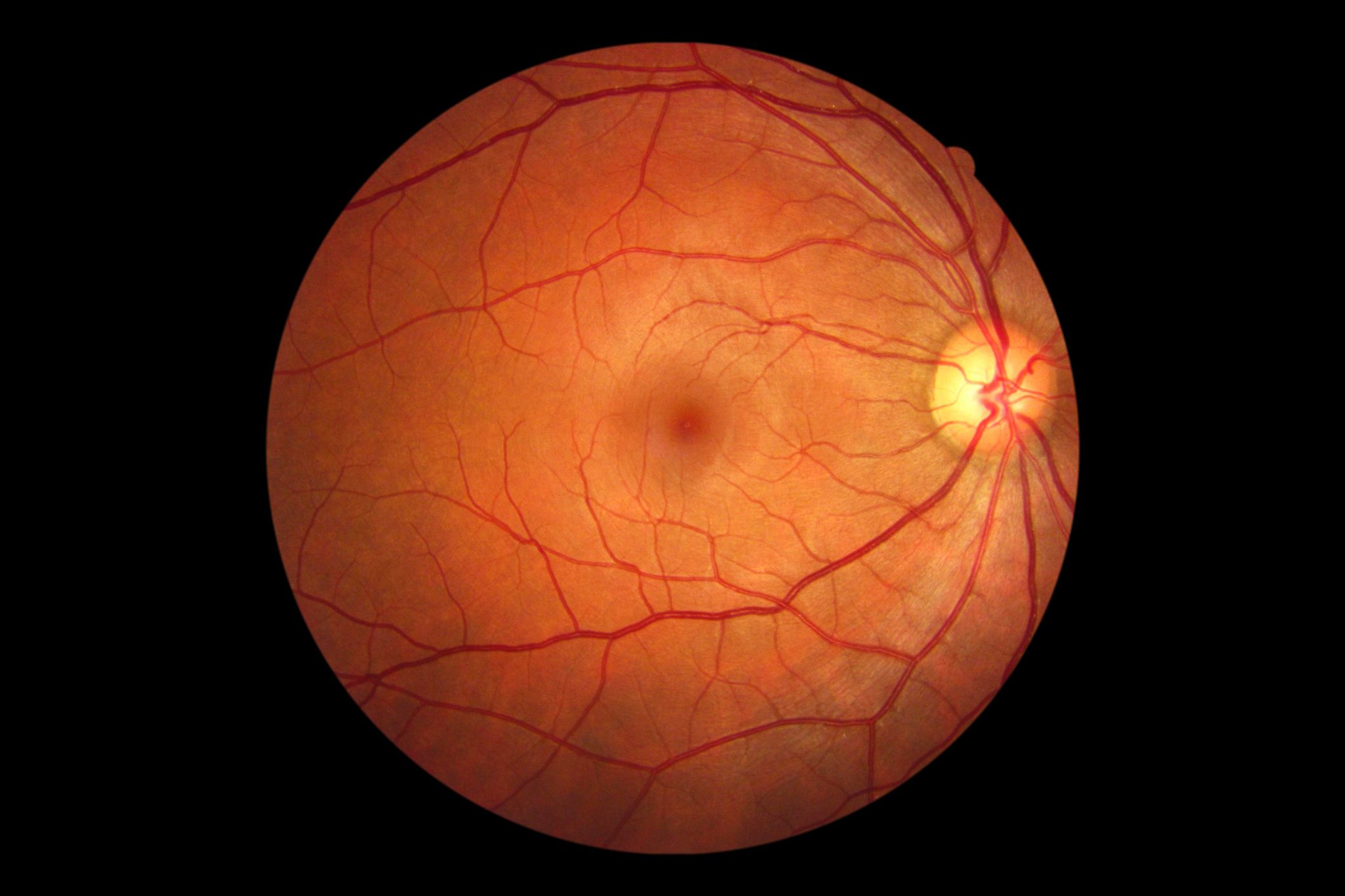Spotting and Treating the Early Warning Signs of Vision Loss
Have you noticed sudden flashes of light, new floaters, or the sensation of a shadow creeping into your vision? These could be symptoms of a retinal tear, a small break in the retina that, if left untreated, could lead to a more serious condition called retinal detachment. While retinal tears themselves are not painful, they are a red flag for urgent attention.
At London Eye & Retina, we diagnose and treat retinal tears promptly to help prevent further damage and safeguard your vision. Early detection can make the difference between a simple procedure and more complex surgery.
What Is a Retinal Tear?
A retinal tear is a break in the light-sensitive layer at the back of the eye. It often occurs when the vitreous gel inside the eye shrinks or moves, pulling on the retina. If the retina tears, fluid can seep underneath and cause it to lift away from the wall of the eye, leading to retinal detachment if not treated in time.
Causes and Risk Factors
- Ageing vitreous changes: Most common in people over 50
- High myopia (short-sightedness)
- Eye trauma or injury
- Previous eye surgery, such as cataract removal
- Family history of retinal problems
- Lattice degeneration (thinner areas of the retina)
Symptoms to Look Out For
Retinal tears often present suddenly and may include:
- Bright flashes of light, especially in peripheral vision
- New or increased floaters (black dots, lines, or cobweb-like shapes)
- A sensation of something “curtain-like” coming over your vision
- Blurred or distorted vision (if fluid begins accumulating)
If you experience any of these, it’s crucial to seek immediate eye care; delaying treatment increases the risk of progression to retinal detachment.
How Are Retinal Tears Diagnosed?
A detailed eye examination is essential and may include:
- Dilated fundus exam: To visualise the entire retina
Optical Coherence - Tomography (OCT): For high-resolution imaging if macular involvement is suspected
- B-scan ultrasonography: In cases where blood or other issues obscure the view
Treatment Options
If detected early, retinal tears can often be treated quickly and effectively in-clinic to prevent detachment.
- Laser Retinopexy: A laser creates small burns around the tear, sealing it and preventing fluid from passing underneath.
- Cryotherapy (Freezing treatment): Uses intense cold to create a scar that seals the tear.
Both procedures are typically done under local anaesthesia and take only a few minutes. Most patients can return home the same day with minimal downtime.
Post-Treatment Care
After treatment, you’ll be advised to avoid strenuous activities for a short period and attend follow-up appointments to monitor healing. Most treated tears remain stable, but it’s important to stay alert to any new symptoms.
Don’t Ignore the Warning Signs
A retinal tear is a warning signal that your eye needs immediate attention. When caught and treated early, permanent vision loss can often be avoided, but delaying could lead to a more serious detachment.
Schedule a consultation with Dr. James Ng at London Eye & Retina and explore your options for clearer, sharper sight.
Let us help you catch retinal changes early and protect your long-term vision.


